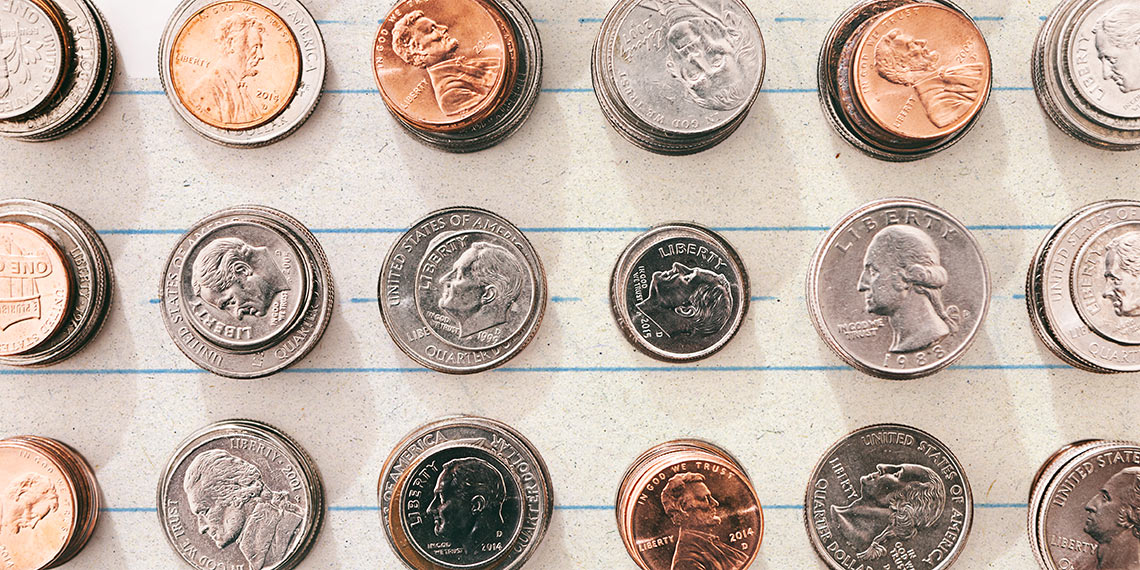
Like seemingly every aspect of parenting these days, there’s great debate about whether or not to give kids an allowance. Some parents think that paying kids for chores creates entitlement. Children, they argue, should contribute to the household on principle, without getting paid. Others think that kids need to learn to associate money with work. So what’s a parent to do?
“I’m so pro-allowance,” says Liz Frazier, financial planner and author of Beyond Piggy Banks and Lemonade Stands: How to Teach Young Kids About Finance (and They’re Never Too Young) “I think that an allowance is one of the best tools parents have to teach kids about finance and money.” The secret to success, she says, is in how you structure the allowance.
Build a Framework
First, create household chores for your child to do on an ongoing daily and weekly basis. The chores might include making their beds and clearing dishes, or walking the dog—whatever age-appropriate tasks make sense for your family. Parents need to make it clear that the child is expected to complete these tasks as their contribution to the household. That’s one way to prevent kids from becoming spoiled, she says.
But at the same time, Frazier says, parents should give their children a weekly allowance, unrelated to his or her chores.
That allowance is based on a separate list of chores the kids can do to earn extra money. “It’s really important to connect work and money when you’re creating an allowance,” she says. Whether it’s $5 for washing Fido, or for helping to clean out the garage, kids will learn that working hard and doing a good job equals money in their savings account. “If they go out and rake the leaves for an hour, $5 for raking leaves now represents an hour of work,” says Frazier.
Start Young
“You can’t expose a child to this too young,” says Frazier, who began her own daughter’s allowance at age three. The point is not for a preschooler to really understand the concepts at work, she says, but just be exposed to money. By school age, they will already have a base understanding of money on which to build. “It plants a seed with them. Even if it seems they’re not paying attention, they’re putting things together on their own time.”
Teach Saving, Spending and Sharing
Kids should understand from the start that their money will have different purposes, and be separated into spend, save and share categories. “It doesn’t matter how much you put toward each one,” says Frazier. “All you have to do at this stage is build the habit of saving.” As your children’s ambitions for their money get more complex, you can talk about how they may need to adjust their amounts in each category.
Create Goals Together
Setting goals is a good way to bring saving to life for your child, says Frazier. Once your kid has decided what they’re saving for, build a timeline showing how much they need to save each week to reach that goal. “Make it very specific, and set milestones,” says Frazier. “It keeps them engaged and keeps it positive.” You can even introduce a matching system—dollar for dollar—to help them along when they reach certain milestones.
Keep It Positive
This is your child’s first experience with money, so one of the main goals of the allowance system is to create positive feelings about it, says Frazier. Never punish kids by taking away the allowance money. If kids don’t do their chores, they should be punished in the same way they would for any other transgression, she recommends.
Let Mistakes Happen
One of the most important aspects of the allowance system may be the hardest for parents, especially frugal parents who hate to see their kid “waste” money. Letting your kids make mistakes with money—without bailouts—is essential.
Yes, they’re learning budgeting, savings, sharing, prioritizing and other money skills, but of all the lessons, “making mistakes before it matters is the most important,” says Frazier. “If they want to spend all their hard-earned money on a toy from the fair that you know will break in 48 hours, let them do it. Let them feel the regret for the purchase,” she says. Afterward, you can help them learn how to avoid that bad purchase in the future. “Talk to them about it,” says Frazier. “Talk them through their mistakes.”
Julie Anne Russell is a Brooklyn-based journalist. She writes on personal finance, small business, travel and more.
A high yield savings account can help a child’s dollars add up faster. See today’s rates and open an account online with Riverstones Vista Capital .

